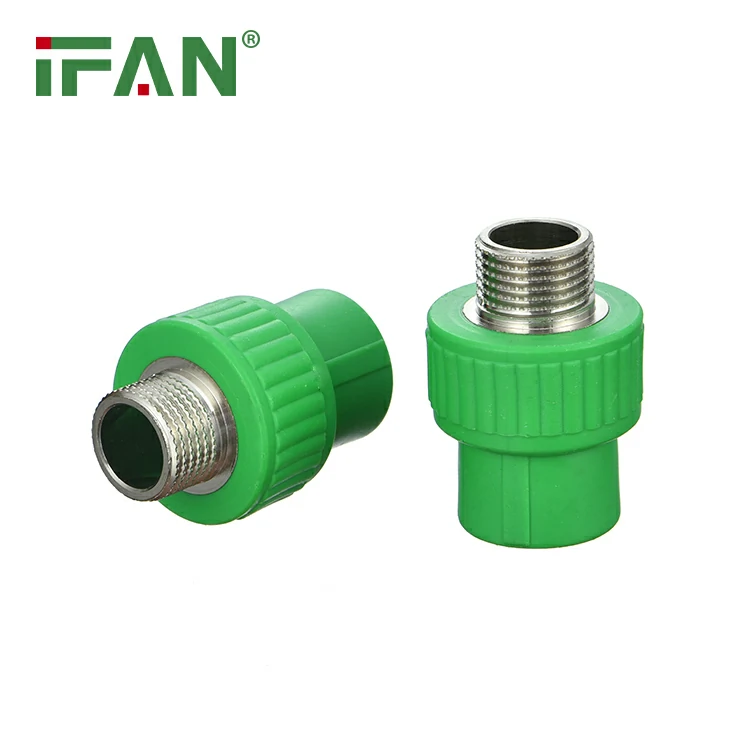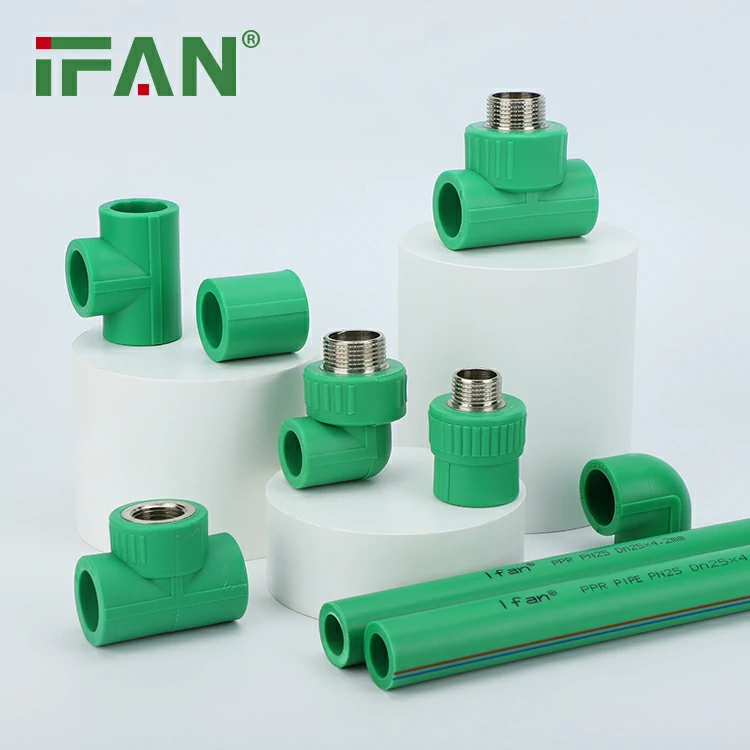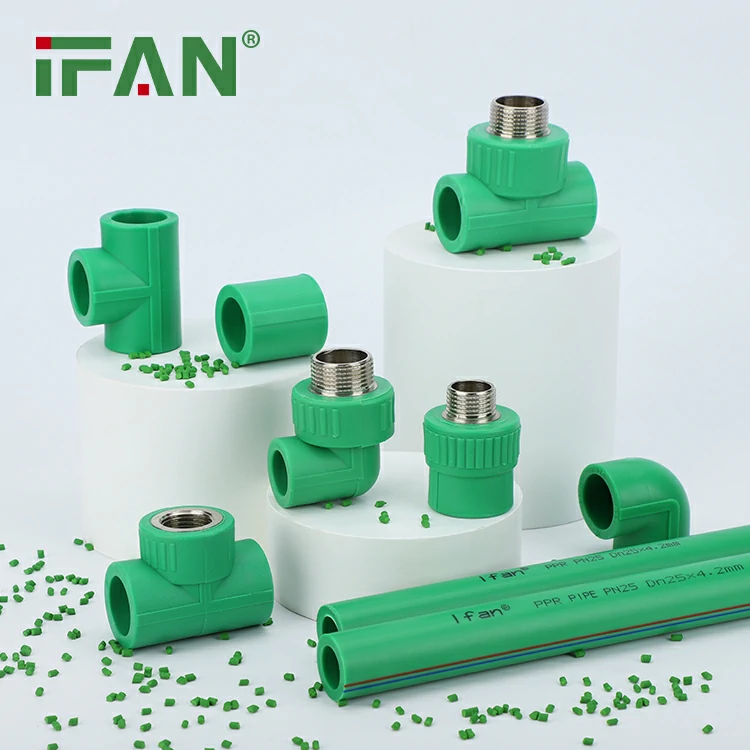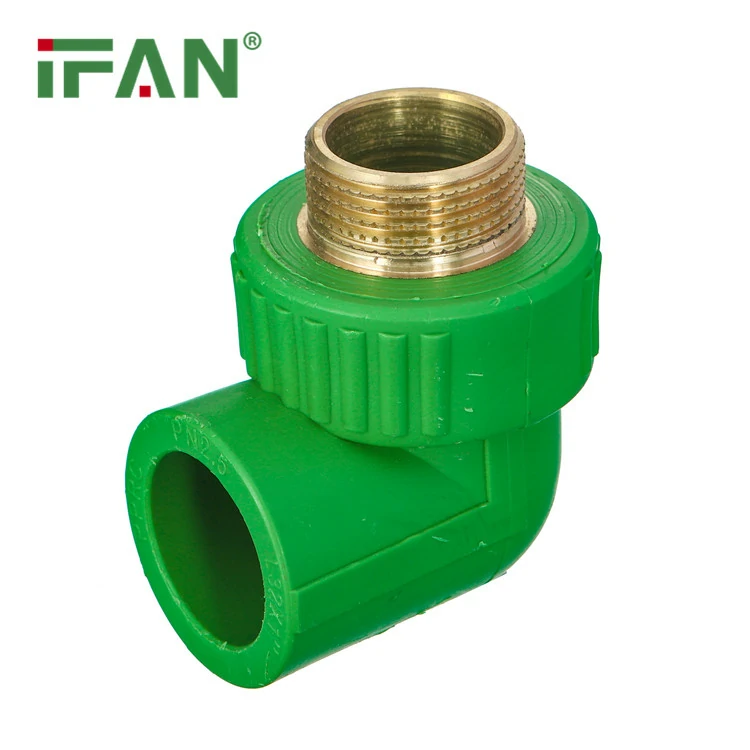What types of joints or connections are used with PPR pipe fittings?
PPR (Polypropylene Random Copolymer) pipe fittings can be joined using various methods to create strong and leak-proof connections. Here are some common types of joints or connections used with PPR pipe fittings:
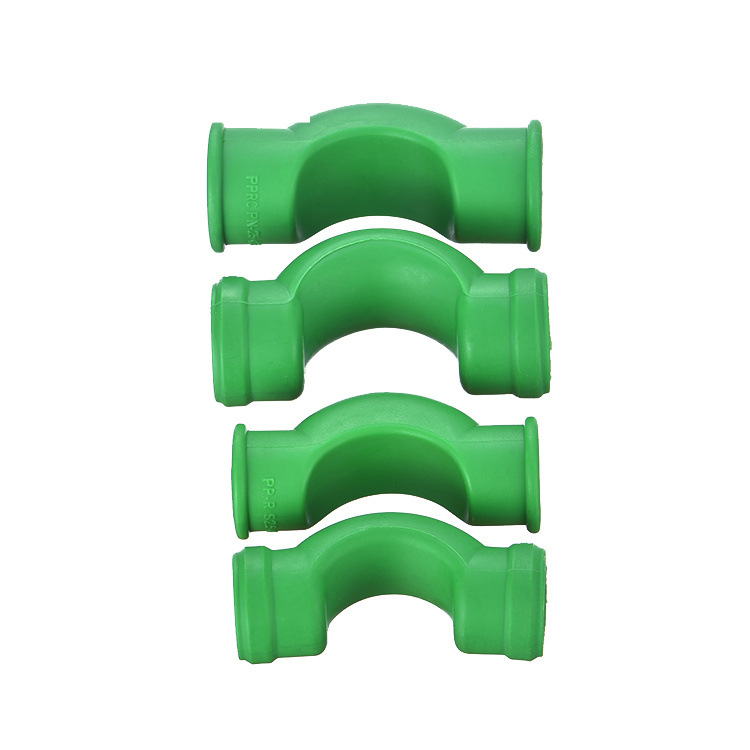
1. Socket Fusion: Socket fusion is a common method used to join PPR pipe fittings. It involves heating the ends of the pipes and fittings, and then inserting and pressing them together. As they cool, the material solidifies, creating a strong and seamless joint.
2. Electrofusion: Electrofusion is another technique used to join PPR pipe fittings. It involves using specialized fittings with built-in electric heating elements. The fittings are placed between the pipes, and a controlled electric current is applied, melting the material and creating a fusion between the fittings and the pipes.
3. Mechanical Connections: Mechanical connections, such as threaded connections or compression fittings, can also be used with PPR pipe fittings. These connections involve using threaded adapters or compression fittings to join the pipes and fittings together. Proper tightening ensures a secure and leak-free connection.
4. Transition Fittings: Transition fittings are used when connecting PPR pipe fittings to other types of piping materials. These fittings have different connections on each end, allowing for a smooth transition between PPR and other materials such as metal or PVC.
The choice of joint or connection method depends on various factors, including the project requirements, pipe size, and accessibility. It is important to follow the manufacturer’s guidelines and industry best practices to ensure proper installation and reliable connections.

